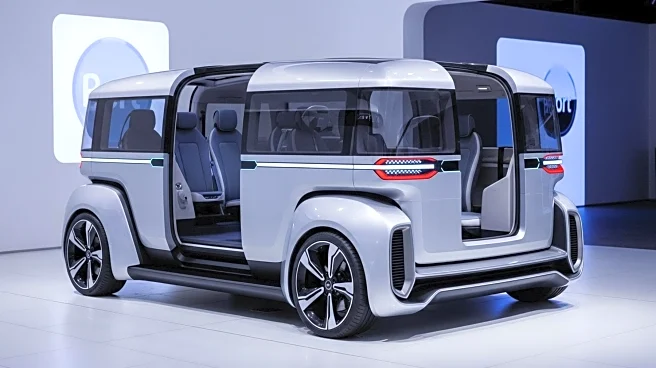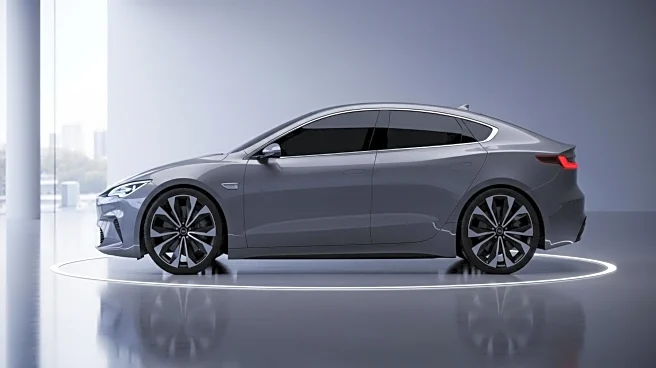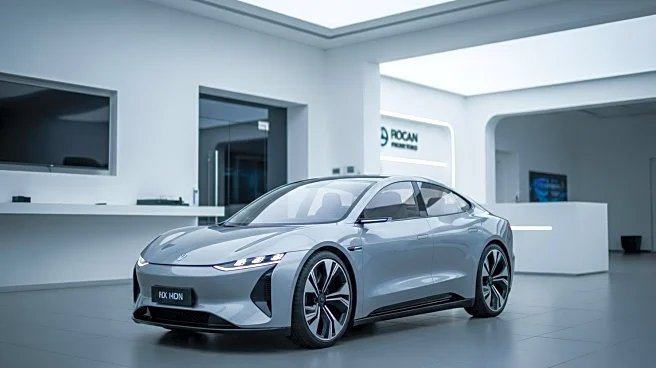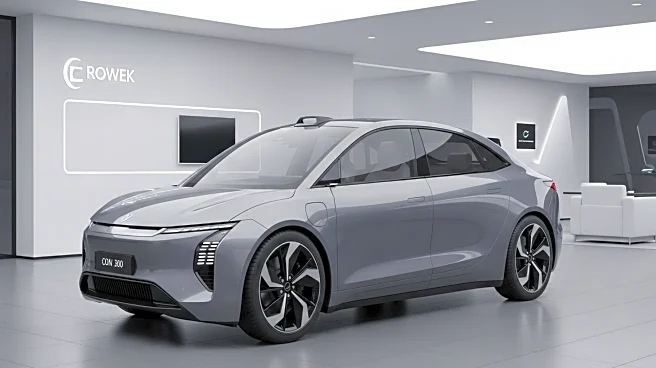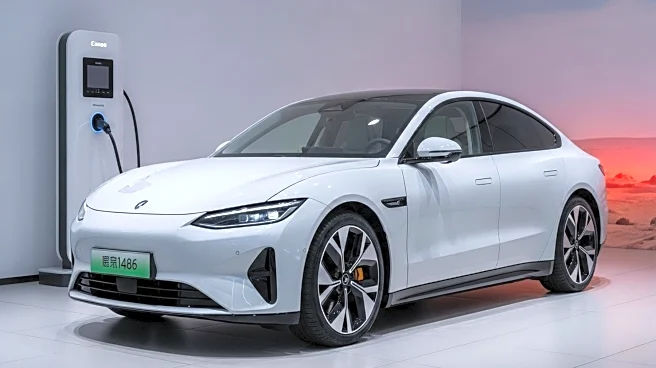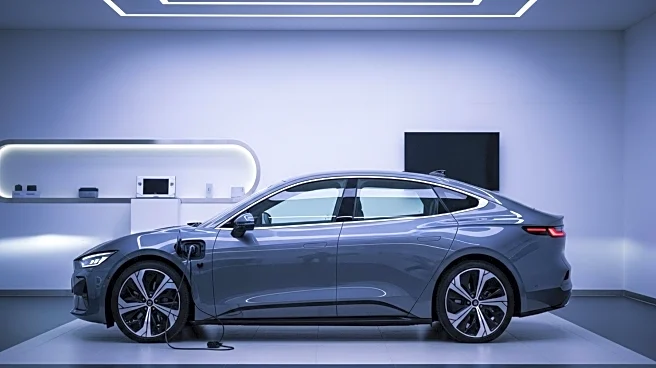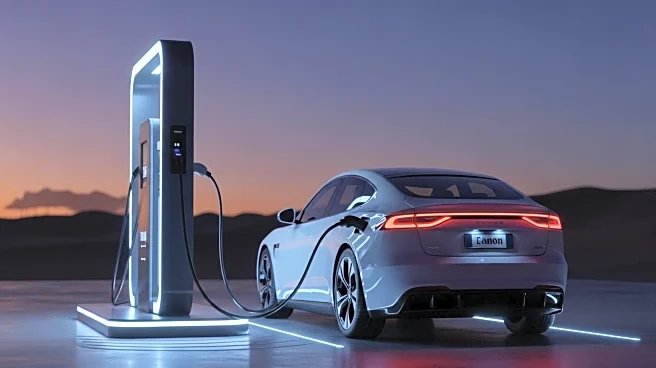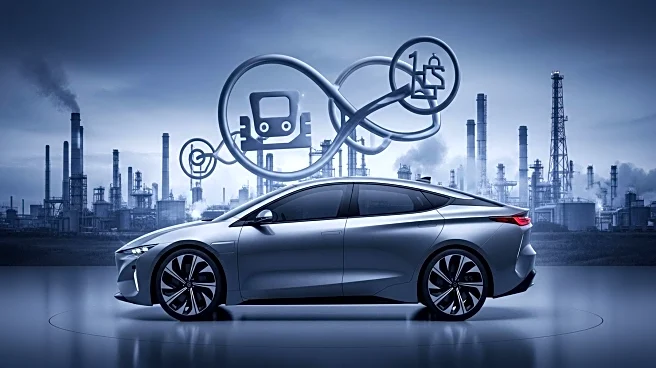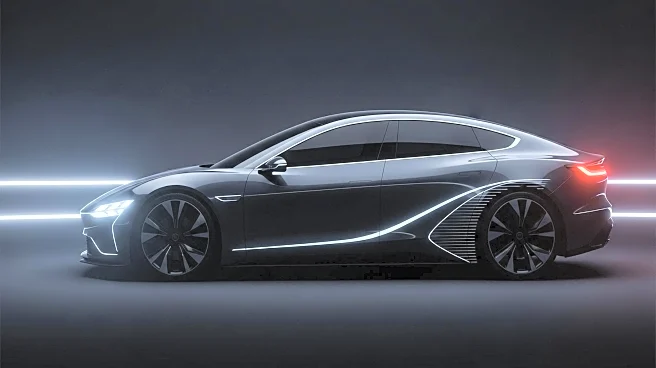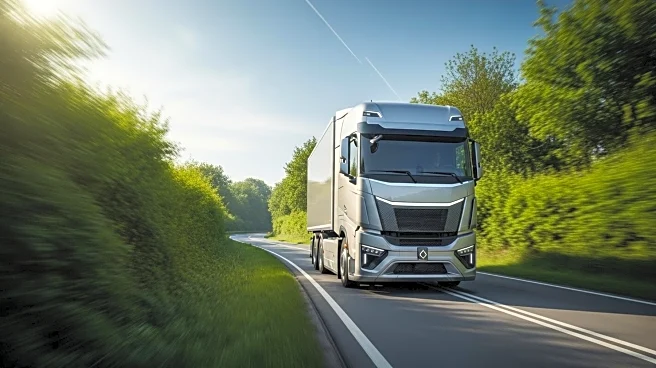What's Happening?
Kia Corporation is advancing its vision for sustainable, customer-centric mobility with the introduction of the Kia PV5. This new vehicle, launching initially in Korea and expanding to Europe and other global markets by 2026, represents Kia's first dedicated Platform Beyond Vehicle (PBV). The PV5 is built on Kia's next-generation all-electric 'E-GMP.S' PBV platform, offering modular design and conversion-ready versatility. It is available in Passenger, Cargo, and Chassis Cab body styles, providing scalable solutions for both business and personal use. The PV5 was developed through extensive customer feedback and collaboration with partners like Uber, ensuring its features meet real-world requirements. The vehicle is designed for various applications, including airport taxi services, premium passenger transport, and mobile office setups.
Why It's Important?
The launch of the Kia PV5 is significant as it marks a shift towards more sustainable and flexible mobility solutions. By offering a modular and conversion-ready vehicle, Kia is addressing the evolving needs of modern businesses and lifestyles. This development could impact various industries, including transportation, logistics, and mobile services, by providing a versatile platform that can adapt to different uses. The PV5's design and technology also highlight Kia's commitment to leading the global transition to sustainable mobility, potentially influencing other automakers to adopt similar strategies. The vehicle's ability to serve both business and personal needs could make it a popular choice among consumers seeking multifunctional transportation solutions.
What's Next?
Kia plans to continue expanding the PV5's reach, with mass production already underway and additional variants set to roll out sequentially. The company aims to launch further PBV models, such as the PV7 in 2027 and the PV9 in 2029, with a goal of selling 250,000 PBVs globally by 2030. Kia's strategy includes establishing a scalable, software-driven mobility ecosystem, which could further enhance the PV5's appeal and functionality. As the vehicle becomes available in more markets, it is likely to attract interest from businesses and individuals looking for innovative and sustainable transportation solutions.
Beyond the Headlines
The introduction of the Kia PV5 also raises questions about the future of urban mobility and the role of modular vehicles in reducing environmental impact. By offering a vehicle that can be easily adapted for different uses, Kia is promoting a more efficient use of resources and potentially reducing the need for multiple vehicles. This approach aligns with broader trends towards sustainability and could influence urban planning and transportation policies. Additionally, the PV5's design and technology may set new standards for safety, durability, and repairability in the automotive industry.

